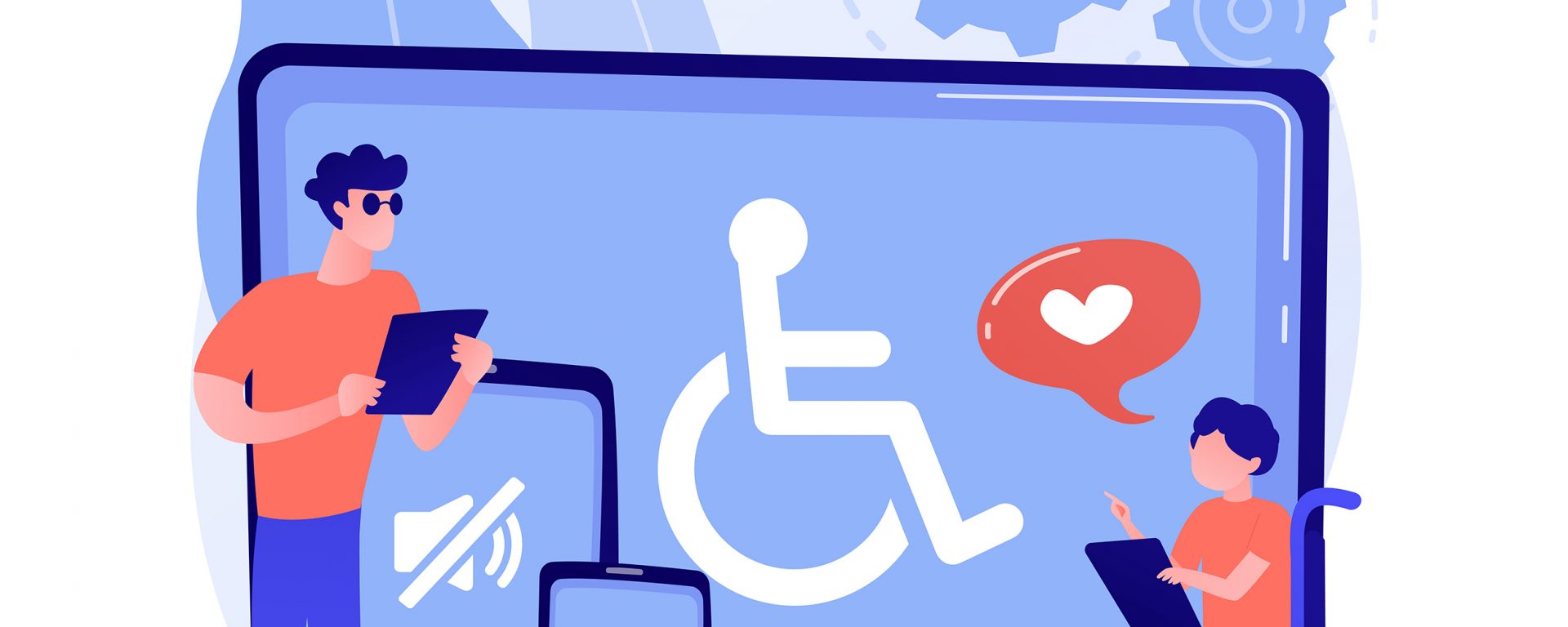Around my junior year of high school, I knew that I wanted to pursue a career in ethical technology and artificial intelligence. Although being a career field that was still in some ways emerging, it was still too broad. Tech companies, clinics and hospitals, banks, universities, and a whole slew of other businesses and institutions need ethical technologists. I still felt like I hadn’t found my niche yet within this ever-evolving field. I hoped that my experience at Swarthmore would help me focus on a specific area of interest. Straightaway, I took an Introduction to Computer Science course in my first semester. I also got a campus job as an Accessibility Remediation Specialist. The world of digital accessibility opened new possibilities for me within my first year at Swarthmore.
I never thought working in accessibility could be an option for me. Meshing technology with something that helped and benefited others was a dream come true. I strongly believe in the importance of recognizing the intersections between disability and other forms of oppression and marginalizations. This helps me to better understand and advocate for people, especially in work environments and academic settings.
Summer accessibility team’s trip to Temple
Over this past summer, I worked more closely with Swarthmore’s accessibility office. Through this work, we took a trip to Temple University. [you can read about that trip in particular in Hailey Park’s post: How is technology assisting learning at Temple University?] I learned about TechOWL—Technology for Our Whole Lives, Pennsylvania’s assistive technology center. I also explored the disability-related resources available on their campus. We were trying to understand how we could adapt some of the Temple’s accessibility practices for Swarthmore. Thus, we would make learning more accessible and equitable for students.
This exposure to assistive technology and working in digital accessibility was extremely eye-opening. I honed in on specific avenues and possibilities that would be available for me to explore post-graduation. Consequently, I now have a better understanding of how access and inclusion is paramount to creating a more just society. I want to be a part of that change. The trip to Temple— coupled with working in accessibility—allowed me to understand that accessibility is something that benefits and accommodates everyone.
My future
This fall, I am taking a data and algorithms course along with an introductory course to cognitive science. I hope to gain more technical skills and knowledge about digital accessibility during my time at Swarthmore. All the while, I’ll explore internship opportunities to earn more experience. I value the work that I do, and the work I do with my fellow students. I’m truly excited for what my time as an undergraduate student has to offer.

